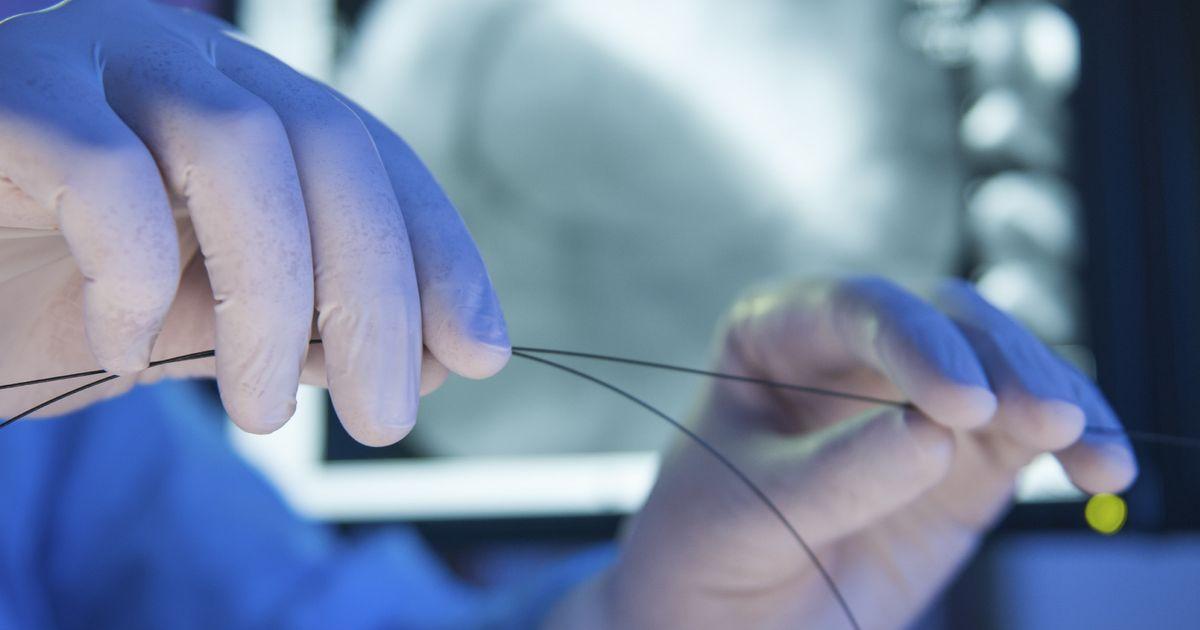How To Prevent And Treat Peripheral Vascular Disease
Angioplasty

Peripheral vascular disease patients may need to undergo a minimally invasive procedure referred to as an angioplasty as part of their treatment plan. Angioplasty and percutaneous transluminal angioplasty are terms used to describe a procedure where a blocked or narrowed artery can be widened. This mechanism is accomplished by the use of a catheter or a long, thin tube equipped with a small balloon at the end. The catheter is threaded into an artery in the patient's groin or arm, and maneuvered to the site of the narrowed artery. Once there, the surgeon inflates the balloon to expand the inner space of the affected artery. A stent or wire mesh tube shaped like a cylinder may or may not be inserted and installed during the angioplasty to help hold and keep the narrowed artery open. Angioplasty is utilized in patients who experience excessive claudication that puts extreme limits on their daily activities and has not been able to be successfully treated with other measures like lifestyle changes, exercise, and medications.